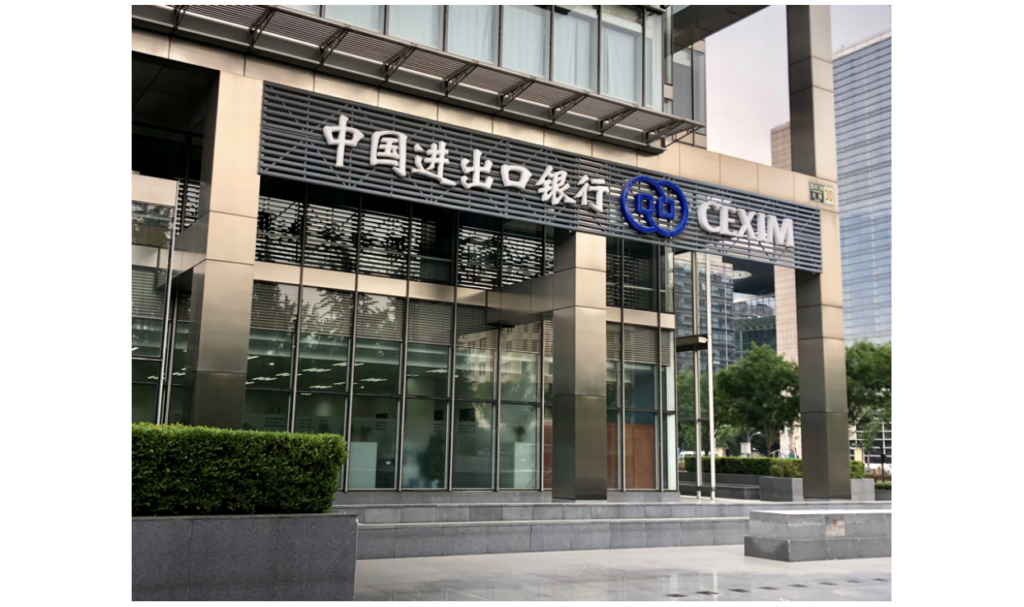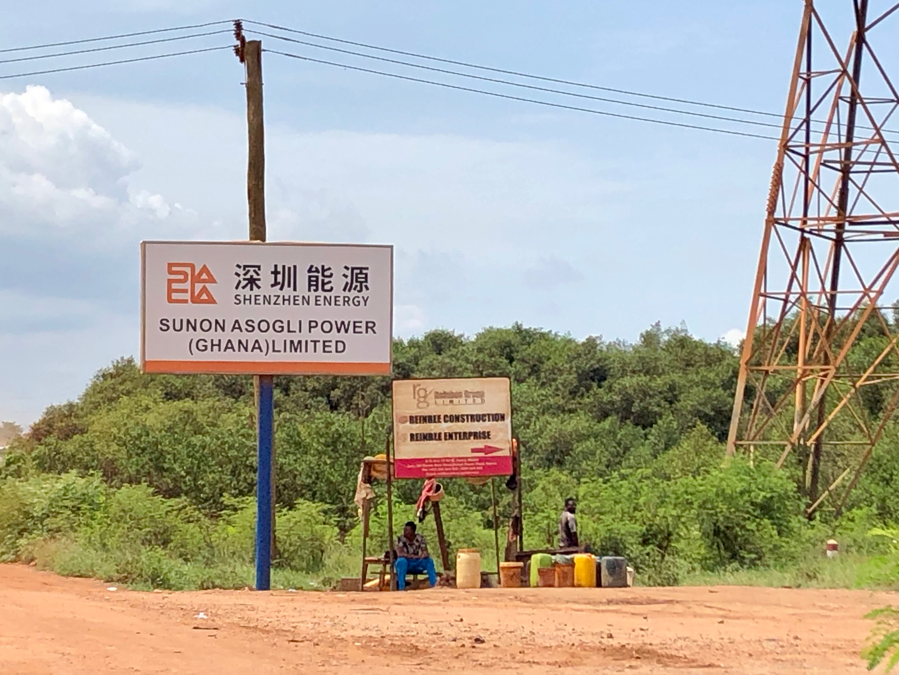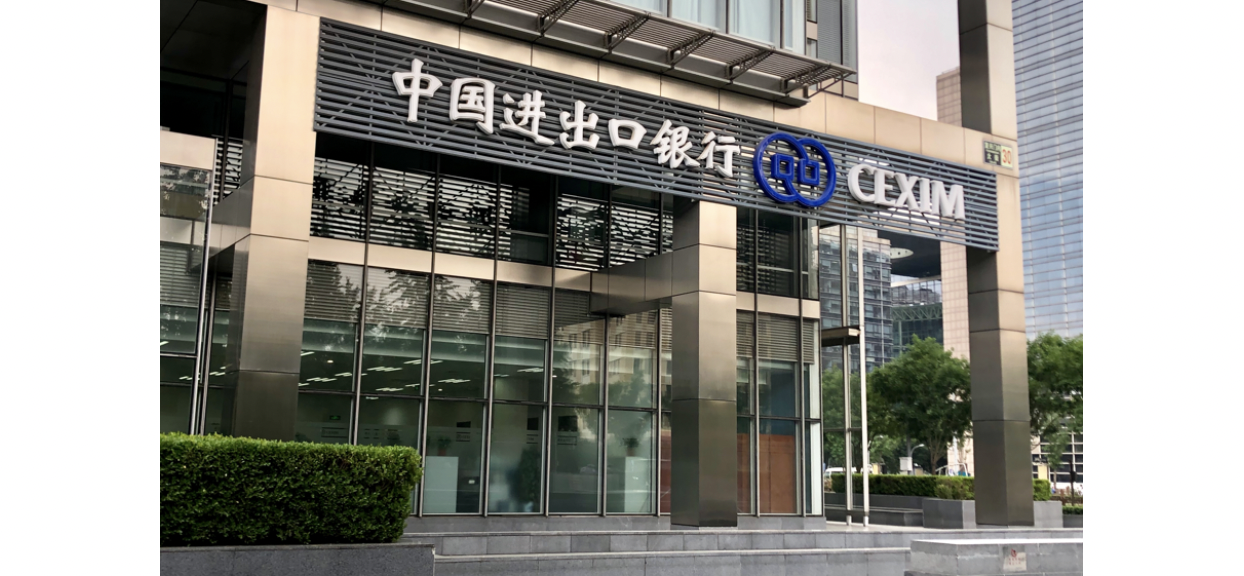Wendy Leutert, An Wang Postdoctoral Fellow at Harvard’s Fairbank Center for Chinese Studies and Fellow at the Columbia-Harvard China and the World Program, examines the changing nature of Chinese state-owned enterprises as they continue to expand operations across the globe.
Chinese state-owned enterprises (SOEs) involved in infrastructure projects abroad are quietly evolving from contractors to become operators, investors, and owners. Since Xi Jinping launched the ambitious but still ambiguous Belt and Road Initiative (BRI) in 2013, more than 80 of the 97 companies owned by China’s central government have undertaken 3,100-plus projects worldwide. The BRI channels China’s excess industrial capacity toward the development of power plants, dams, ports, roadways, railways and other infrastructure overseas.
Yet SOEs today are no longer merely builders backed by Chinese finance. Instead, they are moving up the value chain to operate, own, and invest in the projects they construct, thereby assuming long-term commercial and strategic stakes in countries around the world.
Ever since China’s national champions began “going out” to participate in infrastructure projects overseas, they have served primarily as contractors responsible for engineering, procurement, and construction (EPC). Chinese policy banks — the Export-Import Bank of China (Exim Bank) and China Development Bank (CDB) — supported their business abroad by financing it with instruments including export buyers’ credits and concessional loans. This “EPC plus financing” approach has accelerated the rise of Chinese SOEs to become top international contractors. So what is different now?

A growing number of Chinese SOEs are constructing, operating, and investing in infrastructure projects abroad through public private partnerships (PPP). A common type is the Build Operate Transfer (BOT) model, in which a company finances and constructs a project, then operates it for a fixed period of time before ultimately turning it over to the host country government. Alternatively, a Chinese SOE might be an EPC contractor in a PPP project but now also take an equity share in the project it builds. Still another approach is the Build Operate Own (BOO) model, in which a Chinese SOE finances, constructs, runs, and owns a project indefinitely.
Multiple actors are driving Chinese SOEs’ changing involvement in overseas infrastructure development. First, governments in the countries where Chinese SOEs operate choose whether to open particular sectors to foreign investment, which infrastructure projects to prioritize, and how to develop them — whether via PPP or a traditional procurement process. Promoting PPP is especially attractive to countries with high debt levels, although governments must still provide significant financial support in the form of loans, capital subsidies, or minimum revenue guarantees.

Foreign firms — which may hail from a host country or a third state — are also motivating this shift. They may request that contractors — including Chinese SOEs — contribute capital and take a small equity share in the infrastructure projects they develop. In theory, requiring contractors to become shareholders aids financing and aligns Chinese SOE and foreign firm interests in a project’s long-term commercial success. Partnerships between Chinese SOEs and foreign firms from a third state now enjoy greater government support, with the term “third party market cooperation” appearing for the first time in the 2019 government work report.
Chinese policy banks are also contributing to this transition. Exim Bank is encouraging Chinese firms to participate in PPP projects overseas and has issued guidelines on their financing, as Chinese SOEs ramp up BOT projects worldwide from Cambodia to Jamaica. At the same time, costly lessons from early lending have prompted Exim Bank and China Development Bank to alter how they evaluate risk and commercial potential. In some cases, Chinese policy banks may now even require that a Chinese SOE take an equity share in a project — an important signal of commercial viability — as a condition of granting a loan.
Finally, and most importantly, Chinese SOEs are transforming themselves. As Chinese SOEs partner with governments, foreign firms, and even international NGOs on PPP projects, they are often still contractors but may act additionally as long-term operators and/or investors. For instance, China Construction Communications Corporation is promoting this transformation in its company strategy and recently took an equity share in a PPP port project it is building in Cameroon. Chinese SOEs are also increasingly investing their own capital to build, own, and operate infrastructure projects overseas. Shenzhen Energy, for example, provided part of the capital for its first international project, the Sunon Asogli Power Plant in Ghana.

The evolution of Chinese SOEs from contractors to operators, investors, and owners also involves a deeper shift in international reputation and capabilities. As one Chinese SOE representative put it: “Contracting is just me coming to a country to do labor. But building, owning, and operating a project is me coming to do business.” Achieving this change, he argued, “represents the strength and ability of a nation.” Chinese state firms’ growing international experience, capital resources, and development and export of new technologies — in areas from nuclear power generation to electricity transmission — underpins this ongoing transition.
Disaggregating the types, financing, and specific roles that Chinese SOEs play in overseas infrastructure projects is an essential first step to analyze the BRI. State appointment of SOE leaders and efforts to institutionalize the Party’s role in corporate governance heighten concerns about CCP influence on firm behavior. Yet viewing Chinese SOEs as simply “Beijing’s bricklayers” — contractors dependent on Chinese finance — does not capture the reality of their current or future operations. Instead, these firms are now becoming operators, investors, and owners, thereby taking up long-term commercial and strategic stakes in countries around the world. This shift, while still in its early stages, demands greater attention to the changing nature of Chinese SOE business abroad and its implications for governments, economies, and communities worldwide.
Wendy Leutert is a 2018–2019 An Wang Postdoctoral Fellow at Harvard’s Fairbank Center for Chinese Studies and Fellow at the Columbia-Harvard China and the World Program, where she studies the historical evolution and global expansion of Chinese state-owned enterprises.


